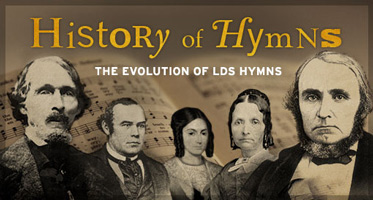008: "Redeemer of Israel"
Description
The history behind “Redeemer of Israel": In October 1831, W. W. Phelps was instructed to purchase a printing press and begin printing a monthly paper in Independence, Missouri. In the first issue of The Evening and Morning Star, William published his adaptation of a poem entitled, “O Thou in Whose Presence My Soul Takes Delight,” and which he called, “Redeemer of Israel.” The author, Joseph Swain, was a dedicated pastor of a church in Walworth, England. Joseph’s delicate health often frustrated his desires to work without ceasing for the benefit of his congregation. His health eventually failed, and he passed away at age 35, leaving a wife and four small children, who were supported partially by the posthumous publication of many of his poems and hymns. The tune to which we sing “Redeemer of Israel” is known by several names—Dulcimer, Beloved, and Meditation. Freeman Lewis, who wrote the tune, lived in Uniontown, Pennsylvania, between 1780 and 1859. No other hymn tunes are known to have been composed by him. If this is, indeed, his only hymn tune, what a great legacy he has nonetheless left us.
More Episodes
Marylou Cunningham Leavitt discusses the creation of Hymn number 22, "We Listen to a Prophet's Voice." Marylou shares her conversion story, how the hymn came about, and how it almost did not make it into the hymnbook. The episode includes a performance of the hymn by the Mormon Tabernacle Choir.
Published 09/10/12
Janice Kapp Perry wrote the music for the beloved hymn "As Sisters in Zion." She is also a major contributor for many songs in the Children's Songbook. Hear the history behind these songs. Janice herself shares some of the stories of how the songs came about.
Published 02/06/12
Joseph J. Daynes was the first Tabernacle organist (from 1867 to 1900). Joseph learned to play the piano nearly as soon as he learned to walk. By the time he was four he was able to play tunes that no teacher had taught him. At six his progress had become nearly phenomenal, and the family story...
Published 01/30/12


